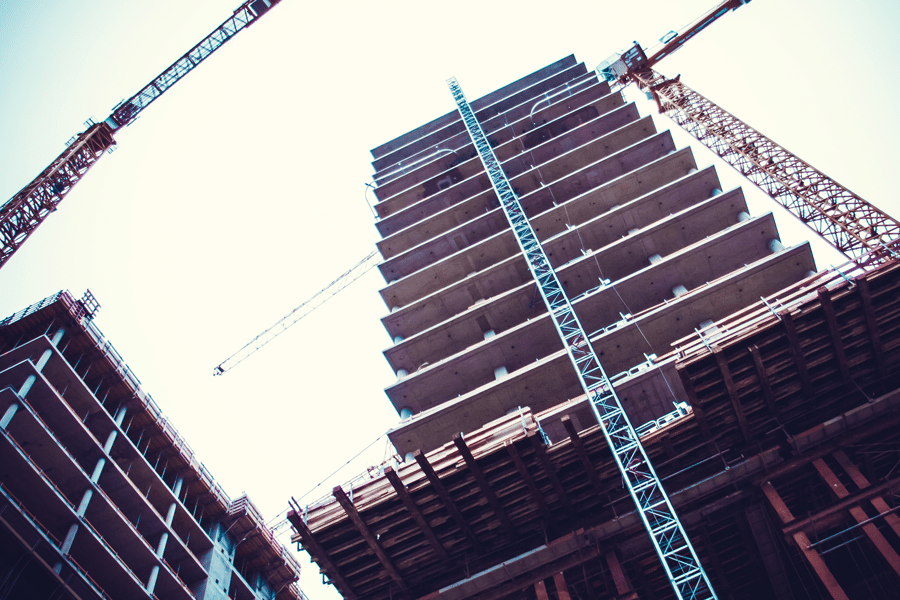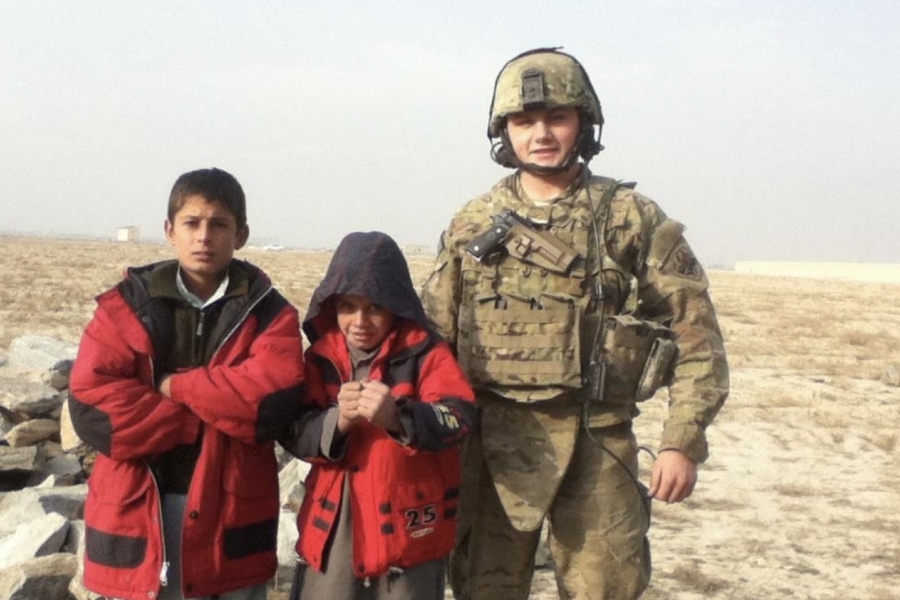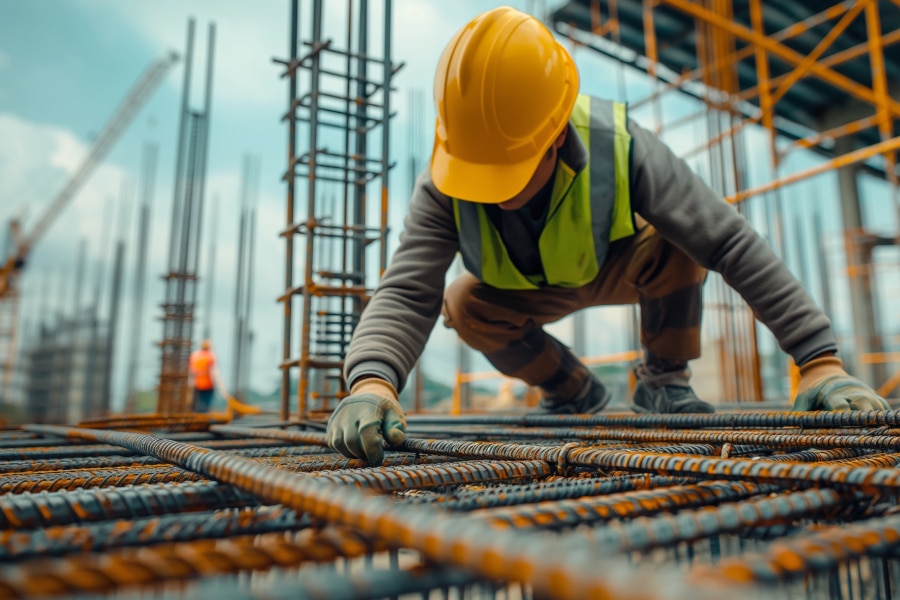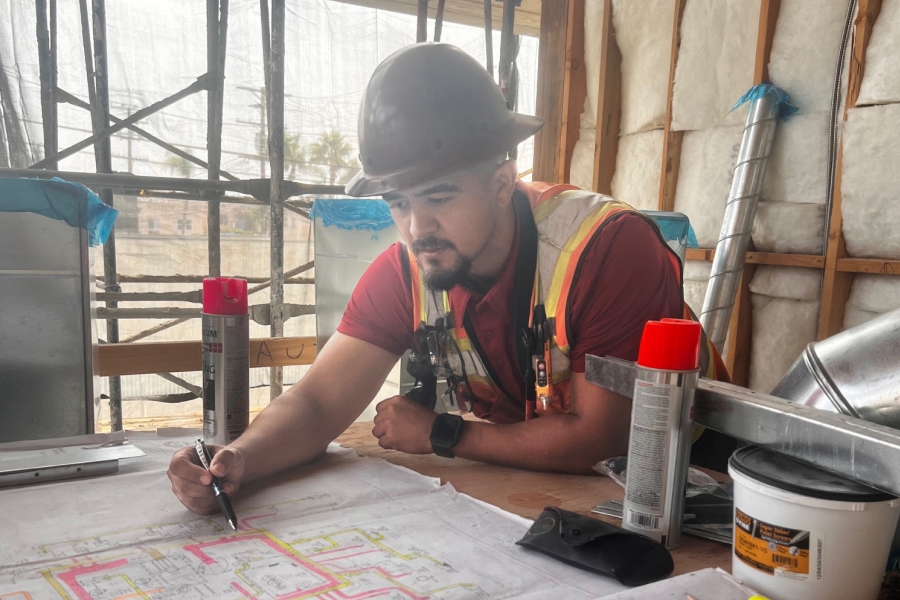At Portland, Oregon-based Andersen Construction, toolbox talks might center on everything from on-site safety to financial wellness or substance abuse. And during a safety fair, after workers received blood pressure monitors and learned how to use them, a couple measured blood pressure so high that they went to their doctor that day for treatment.
Kristina Ewing, Andersen’s health and well-being director, calls efforts like these “mental health light.” They demonstrate that Andersen cares about its workers while building a culture where it’s OK to talk about all kinds of ailments and topics, including mental health, she said.
The construction industry has one of the highest rates of suicide in the United States, and the high-pressure nature of the job with frequent travel and injuries, along with a mostly male workforce where mental health struggles are stigmatized, are a few reasons why, experts say.
But construction companies in Oregon, including Andersen, are part of a statewide collaborative and concerted effort to reduce those numbers and build healthier work experiences for the labor force. Ewing is among the founding members of the state’s Construction Suicide Prevention Partnership, which also includes Lines for Life, a Portland-based nonprofit that operates the state’s 988 suicide crisis hotline.
“Construction can be very migratory,” Ewing said. “No matter where our people land, they’ve got a solid support system through the company they work for; that really is the goal.”
Built to support
In 2019, as awareness grew about the mental health crisis in the industry, state construction industry representatives partnered with Lines for Life. An industry task force formed, and they created an action guide to help construction companies build mental health and suicide prevention awareness programs.
Today, dozens of construction companies, subcontractors, building trades, unions and other stakeholders are members of the suicide prevention partnership. As part of its work, the partnership has built out a variety of resources for the industry.


Bluebeam Resource Hub
Browse case studies, watch webinars, and see what’s new with Bluebeam.Ready-made toolbox talks cover mental health and adjacent topics, including the impacts of alcohol, opioids, financial wellness, mindful breathing and the importance of sleep, along with suicide prevention and breaking the stigma of mental health challenges.
It offers Question Persuade Refer (QPR) training, which teaches basic suicide intervention strategies. It provides a Take Action Guide, providing a road map for the industry to talk about mental health, promote positive mental health messages and prioritize the efforts.
And it produces a podcast, “Boom Goes the Stigma,” which has covered topics such as building a culture of care, responding to the impact of the opioid crisis and prioritizing mental wellness.
“It’s such a complex issue,” said Max Margolis, Lines for Life’s construction suicide prevention program director. Construction companies must “have management acknowledge it and create a space where it’s talked about consistently. It can’t be just during suicide prevention week. You want to have it as a sustained message.”
Mental health light
Ewing acknowledges that wading into conversations about mental health is tricky for many, but it’s a focus of hers.
“Mental health is a passion of mine and something that I personally have struggled with for years, so it was wanting to make sure that other people felt supported and felt like there was an environment where they could discuss those things without repercussion and get the help they need,” said Ewing, whose position focuses on the company’s health care and benefits, along with mental health awareness and training.
To broach the topic with a wider audience, Ewing recommends that “mental health light” approach. Talk about a broad range of topics that can impact workers’ physical and mental health—from blood pressure and heart health to financial wellness and how to express gratitude, along with mental wellness and suicide prevention.
“If you come out of the gate talking about suicide, it’s a turn off for a lot of people—they’re not used to talking about it,” she said. “If you don’t handle it the right way, you lose your audience immediately. And it’s hard to get them back once you’ve lost them.”
It’s also important to consider your own workplace experience, Margolis and Ewing said. Are there parts of the job that can be adjusted to make life easier for workers?
Andersen, for example, introduced a 40-hour, four-day workweek, which makes it easier for workers to address their mental and physical health. The company also opened up its employee assistance program (EAP), which provides support and resources, to crafts workers.
Margolis said construction companies are also working to build connections with colleagues, opening up a room with a pool table and television for gathering and a private space where individuals can take part in online therapy. Changes like these are important to supporting the current workforce—and recruiting the next, Margolis said.
“There’s a generational divide,” Margolis said. “And the younger generation is much more aware of the need.”
Just get started
There will be naysayers, of course. Ewing has heard from some who have commented that nobody ever had mental health issues until now. “I have to kind of go back and remind them that it’s not because they didn’t exist; it’s because people didn’t feel there was a safe place to talk about it,” she said.
And she’s seen success. While the use of EAPs is traditionally low across industries and employers, averaging less than 10%, it can reach as much as 75% at Andersen, she said. Ewing is also more often helping supervisors as workers call them in a crisis, a sign that all her efforts to raise awareness and offer support are working. “It shows me that people are comfortable to reach out,” she said.
Her recommendation to others in the industry: Just start.
“Getting people to the place of realizing that it’s a need is sometimes the hardest piece,” Ewing said. “From there, people are smart enough to be able to analyze their own organization and see how they can weave these things in. It’s just about getting started.”Note: If you are having thoughts of suicide, call or text 988 to reach the 988 Suicide and Crisis Lifeline or go to SpeakingOfSuicide.com/resources for a list of additional resources.











